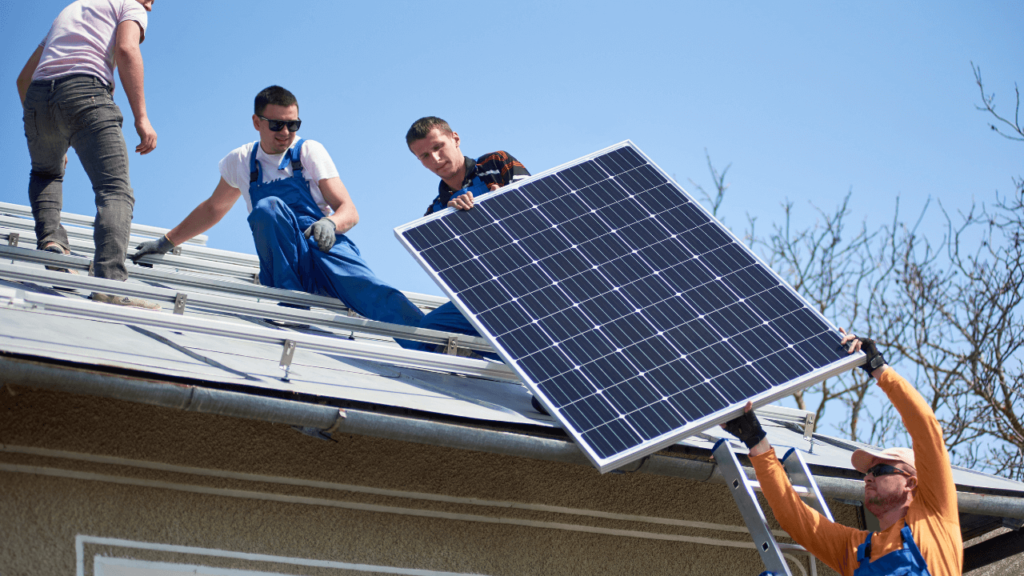During a crisis, critical infrastructure and community well-being rely on a consistent power supply. Energy storage devices are used in disaster resilience to store excess energy and make it available when the grid fails. By combining battery technologies with renewable energy sources, we can create strong microgrids operating independently during emergencies. Energy storage in disaster response tactics increases community resilience, decreases downtime, and accelerates recovery. Energy storage for disaster resilience can provide dependable and sustainable solutions for unanticipated challenges as storage technologies evolve and grid integration improves.
The importance of energy storage in disaster preparedness
In times of disaster, reliable access to energy becomes crucial for the functioning of critical infrastructure and the well-being of affected communities. Energy storage systems that convert solar energy to stored energy, such as those installed by solar panel installers Doncaster, play a pivotal role in disaster resilience by providing a reliable and uninterrupted power supply. These systems can store excess energy during normal conditions and release it when the main grid fails, ensuring the continuous operation of essential services such as hospitals, emergency response centres, and communication networks. By mitigating the impact of power outages, energy storage enhances the ability to respond effectively to emergencies, saving lives and minimising the economic and social consequences of disasters.
Energy storage solutions for disaster resilience
Energy storage solutions are vital in bolstering disaster resilience by offering versatile options for storing and distributing power. Battery energy storage systems (BESS) are commonly used due to their scalability, fast response times, and ability to provide backup power during emergencies. Additionally, pumped hydro storage, compressed air energy storage, and flywheel energy storage systems offer efficient and sustainable alternatives. These solutions can be integrated with renewable energy sources, such as solar and wind, to create resilient microgrids that operate independently from the main grid during disasters. By diversifying energy storage technologies, we can enhance disaster preparedness and ensure a reliable energy supply when it is needed the most.
Integrating energy storage into disaster response plans
Integrating energy storage into disaster response plans is crucial for ensuring effective and efficient emergency management. By incorporating energy storage solutions, disaster response teams can establish resilient power systems that quickly restore critical services after a disaster. These plans include identifying key facilities that require uninterrupted power, the installation of energy storage systems in strategic locations, and the development of protocols for seamless integration with existing infrastructure. By proactively integrating energy storage into disaster response plans, we can enhance the resilience of communities, minimise downtime, and accelerate the recovery process in the face of unforeseen events.
Advancements and prospects in energy storage for disaster resilience
Energy storage technology advancements will enhance future disaster resilience. Researchers and developers are continually evaluating new materials, designs, and methods to improve the efficiency, capacity, and cost of energy storage systems. More robust and sustainable choices are available, from improved lithium-ion batteries to hydrogen storage and solid-state batteries. Energy storage facilities can benefit from smart grids and AI for real-time monitoring and predictive maintenance. Future energy storage for disaster resilience appears promising, allowing for increased reliability and resilience in the face of unanticipated challenges.
Energy storage is critical for disaster preparation. Energy storage systems mitigate the impact of power disruptions by providing reliable and uninterrupted power. Energy storage systems are becoming more dependable and robust to unanticipated issues due to advances in technology and research. By proactively incorporating energy storage into disaster response plans, we may increase community resilience, save lives, and lessen economic and social harm.
